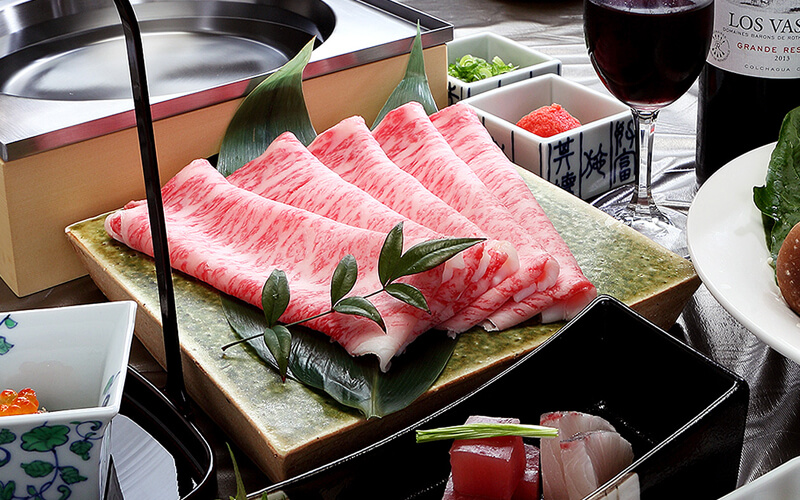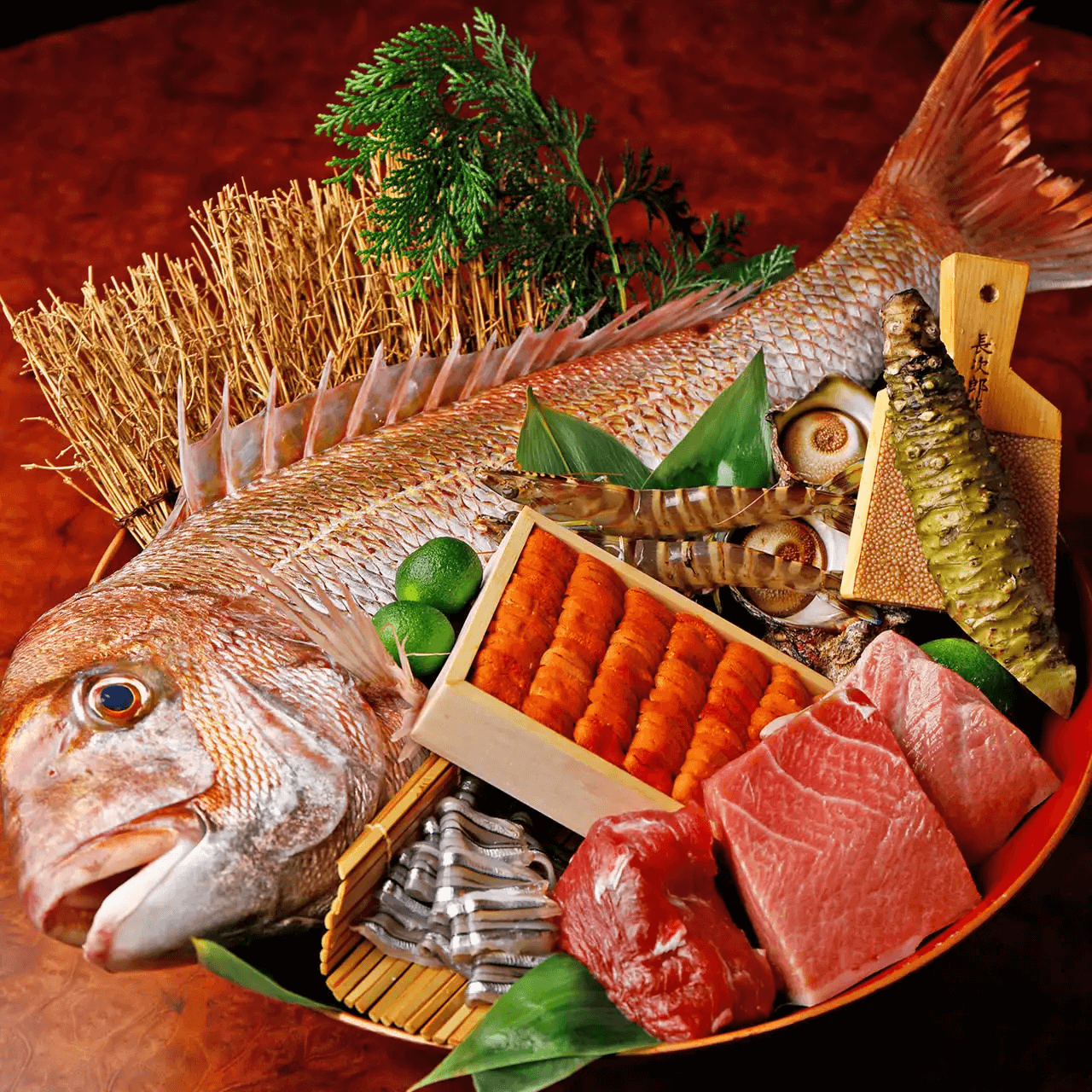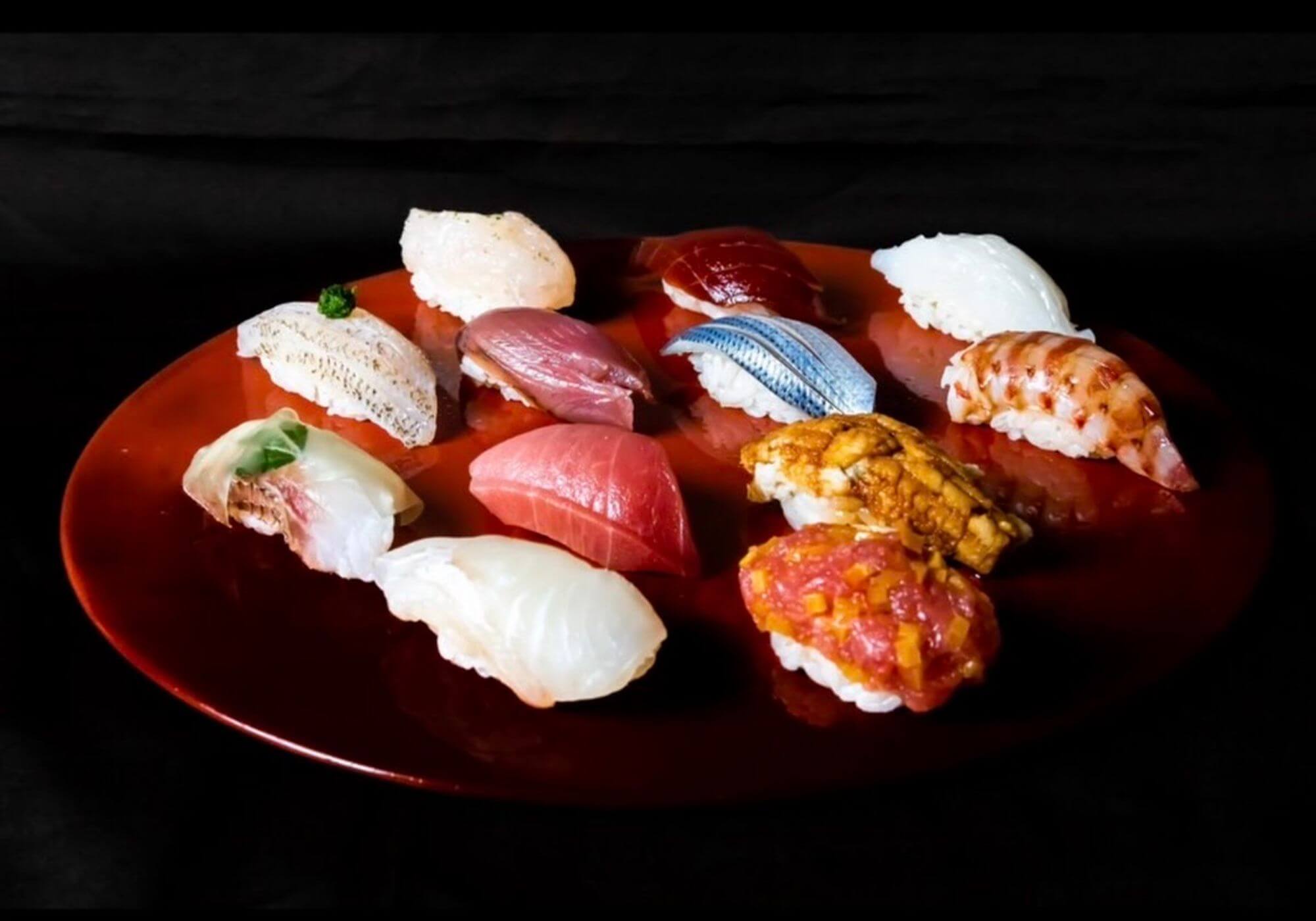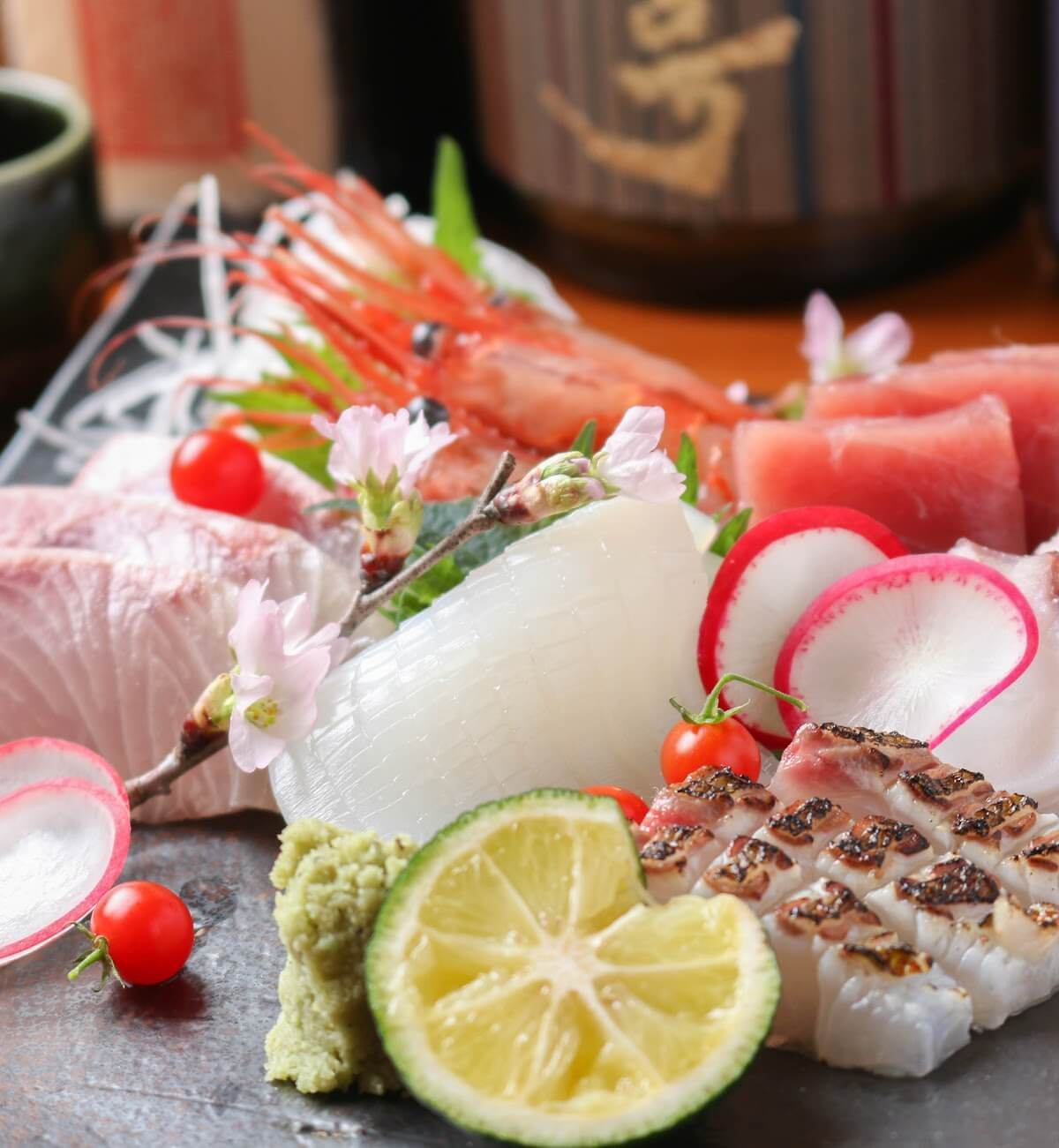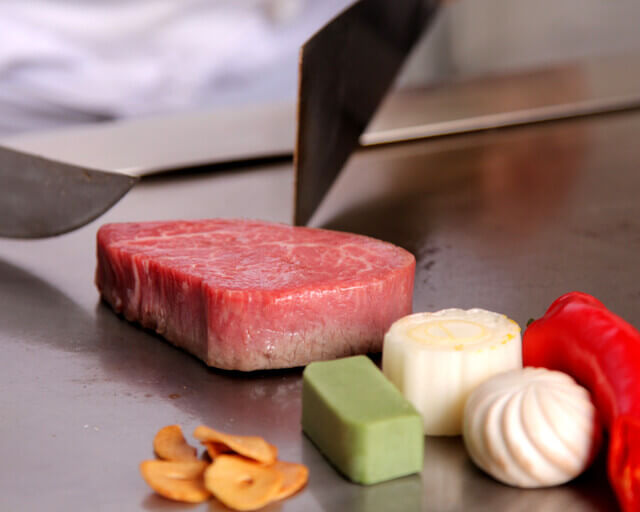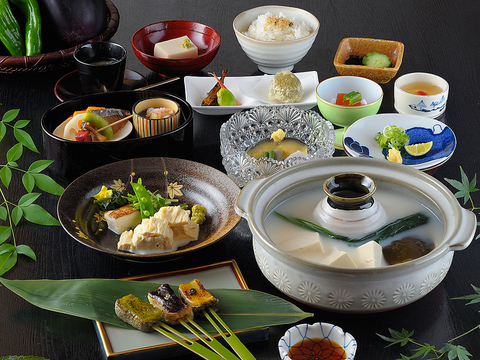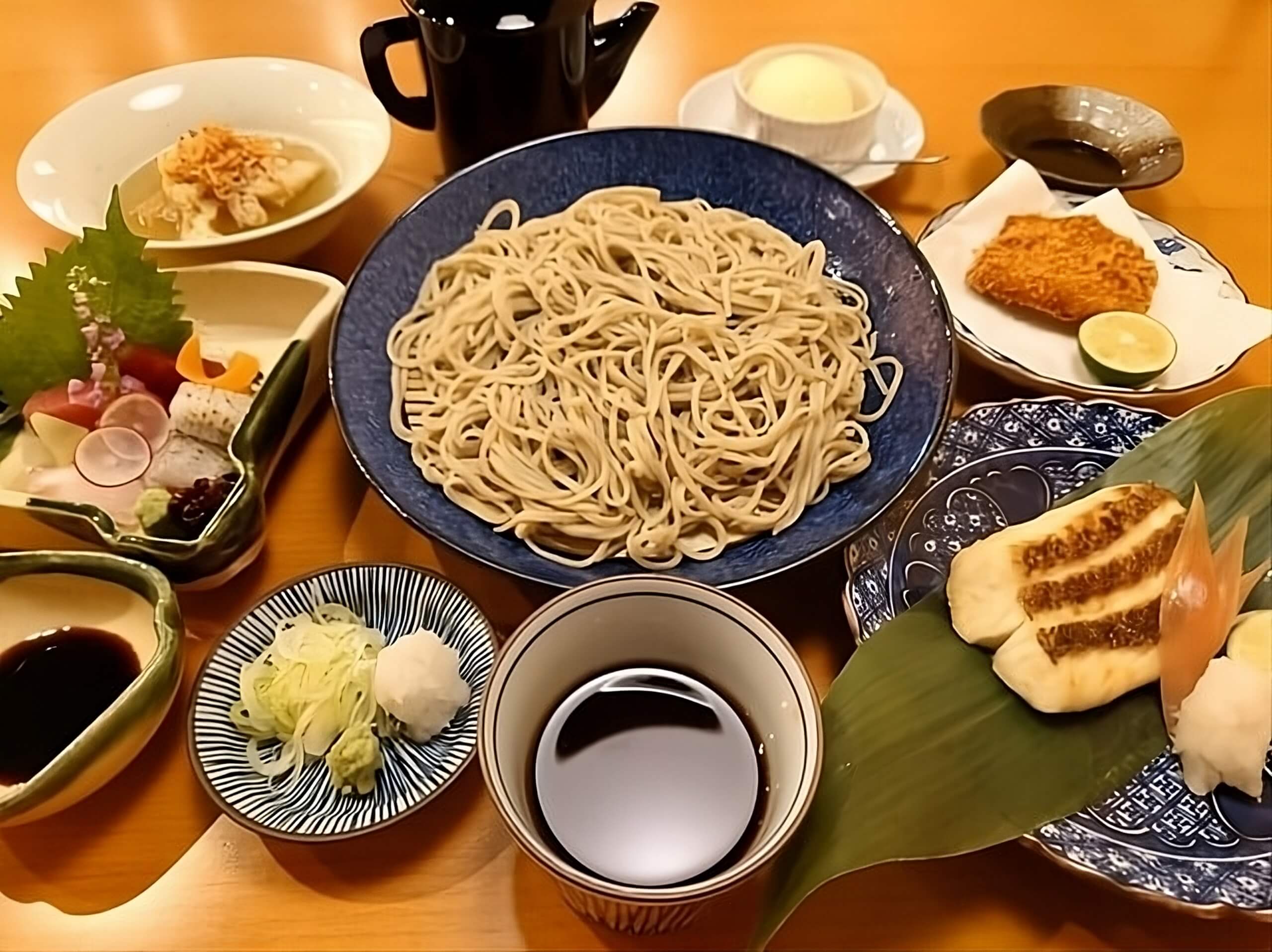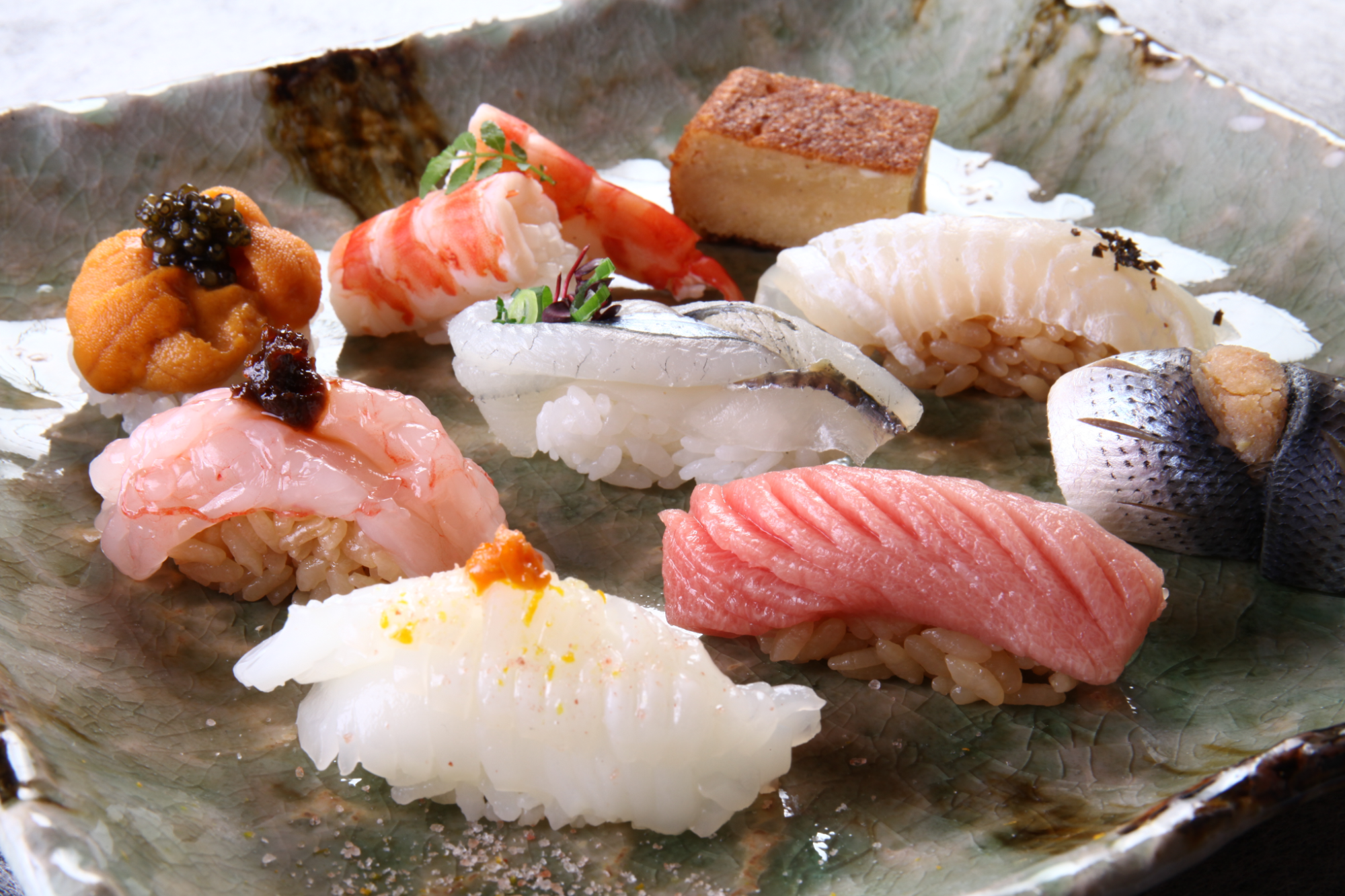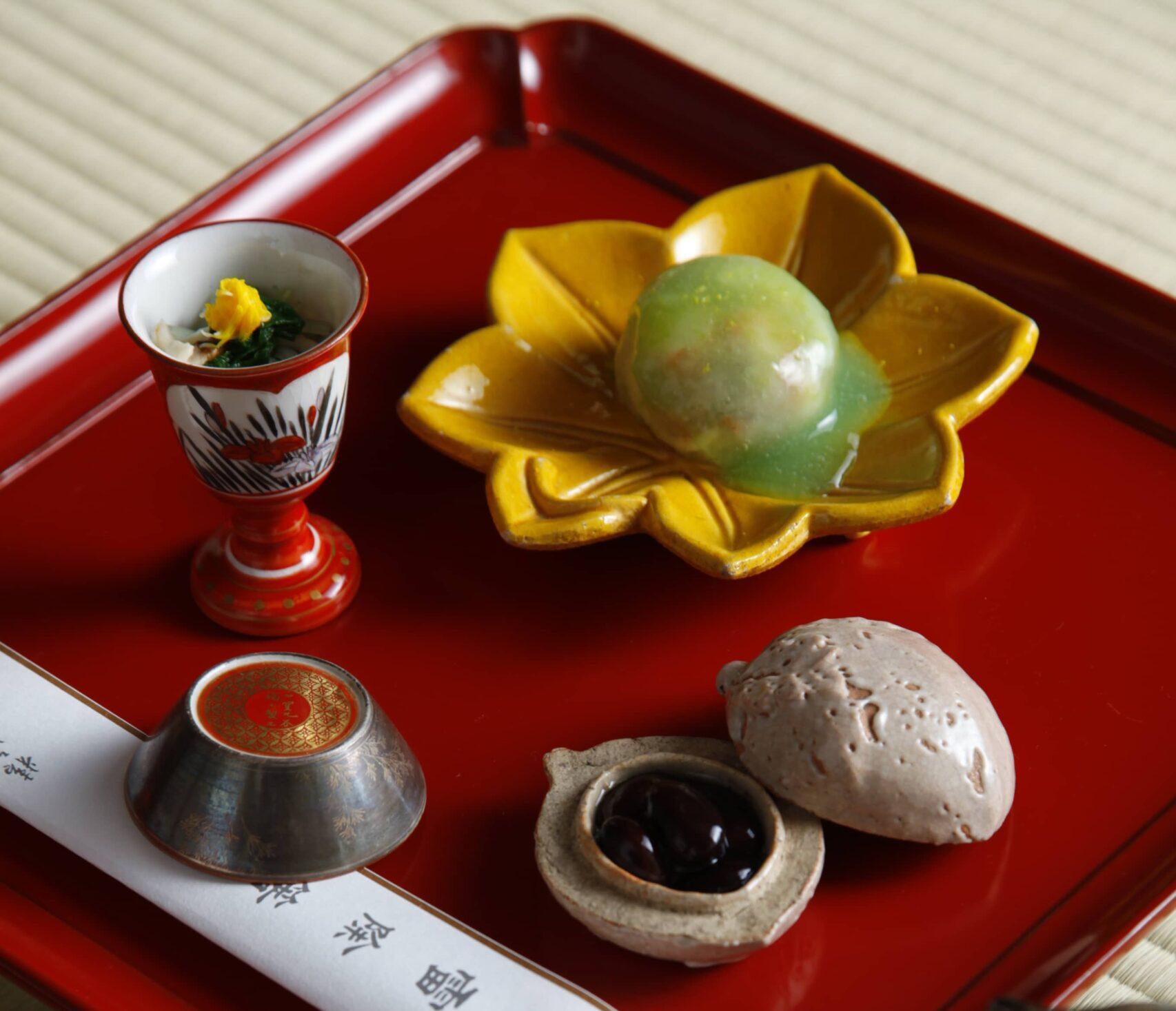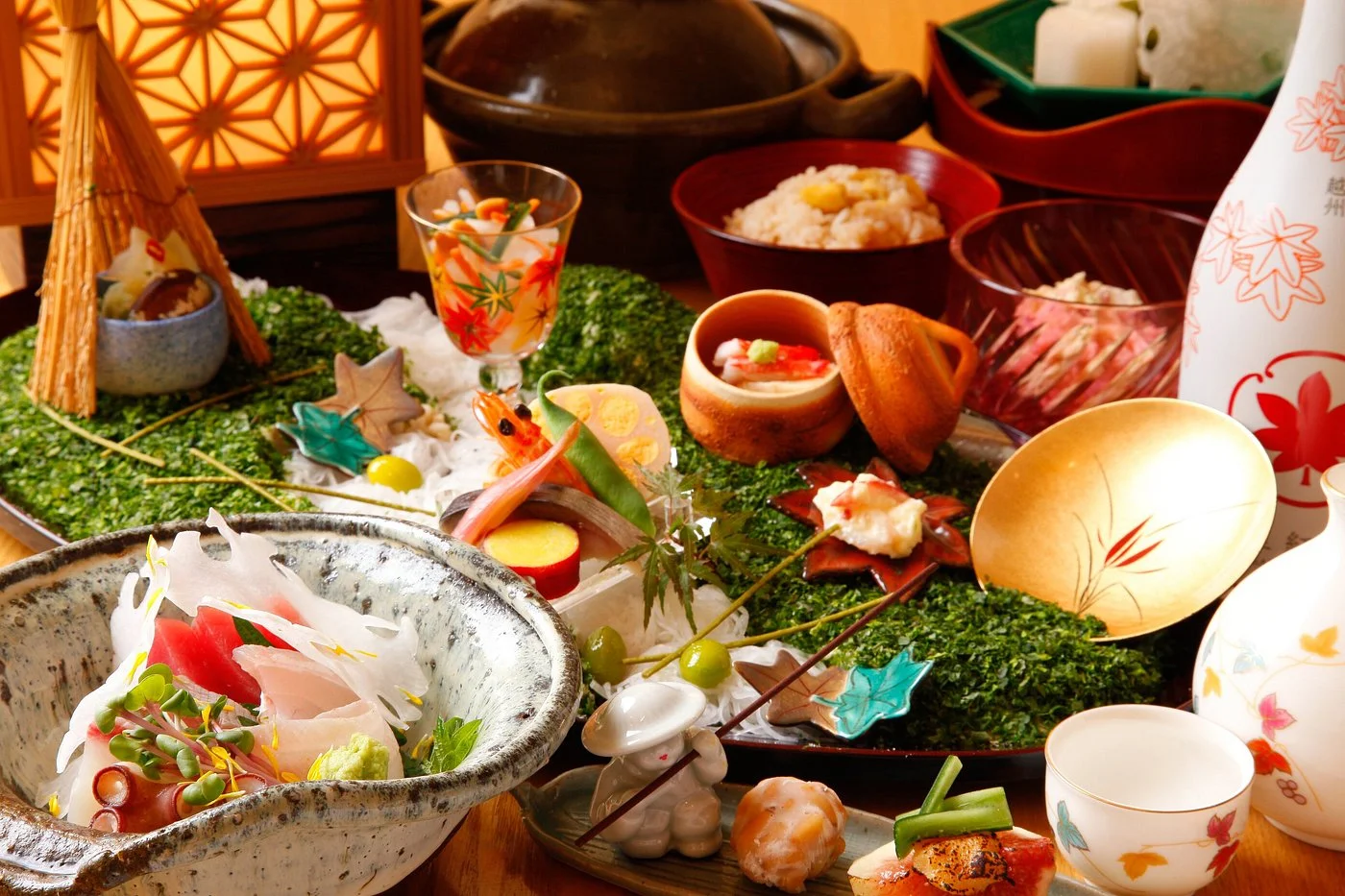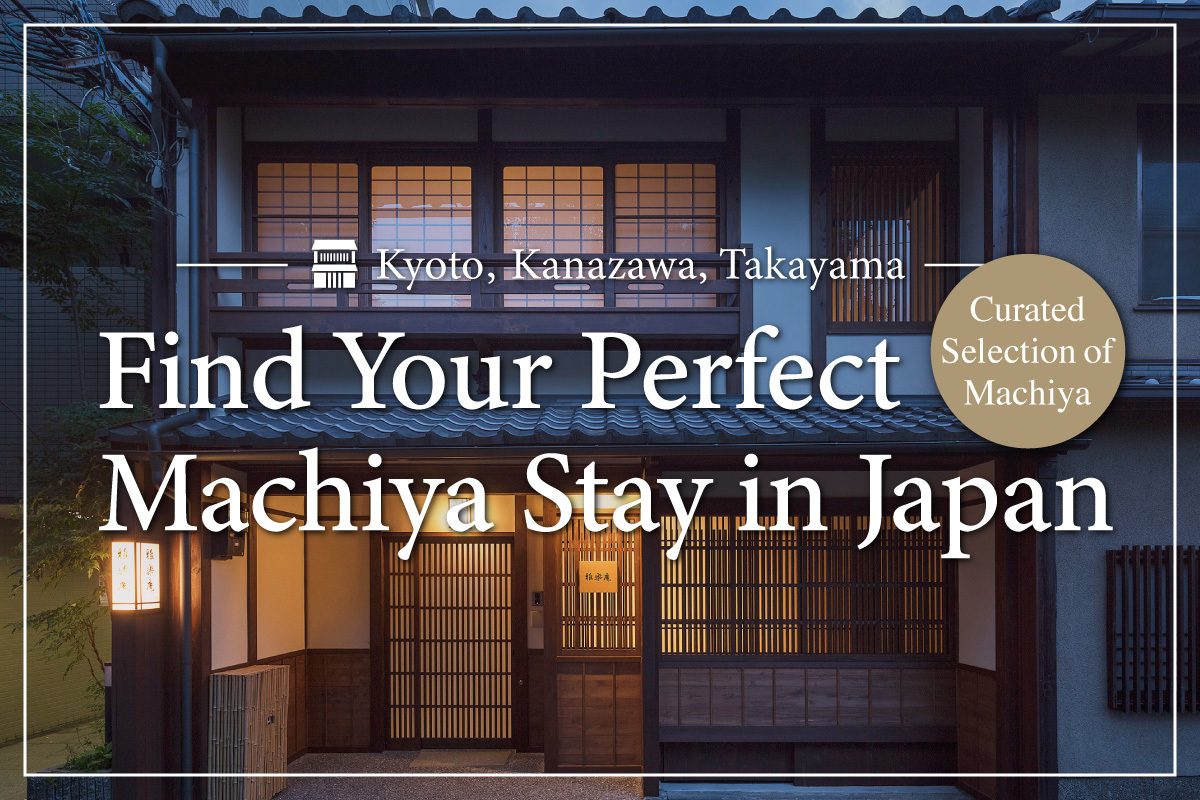Visiting Japan in winter means more than snow! Some of the best food in Japan, like snow crab and hot pot, are highlighted in winter. And one of the best places to visit Japan in winter is Kanazawa. Today we’ll suggest our top winter foods and activities for a calm vacation in this beautiful city.
To help you find the best food in Japan during your winter vacation, our local experts (AKA the MACHIYA INNS & HOTELS staff) have gathered up some mouthwatering recommendations of must-try dishes during your travels.
You might be wondering, where does it snow in Japan? Surprisingly, many places in Japan see show every year! Places like Nagano, Takayama, and Kanazawa get lots of snow and are great for a wonderful winter vacation.
We recommend Kanazawa for its history, easy access from Tokyo, and its proximity to Kyoto and Osaka.
Travel Tip: You’ll be surprised how cold Kanazawa can get. Even as late as March, it can still be freezing at night. Check the weather and pack accordingly before you go, or budget for buying a winter coat and boots when you arrive!
We highly recommend visiting Omicho Market for breakfast. Some places are open as early as 7AM, so you’ll have plenty of choices. During the winter, Kanazawa has many winter specialties, so don’t forget to try the delicious winter food at our recommended specialty restaurants in Japan!
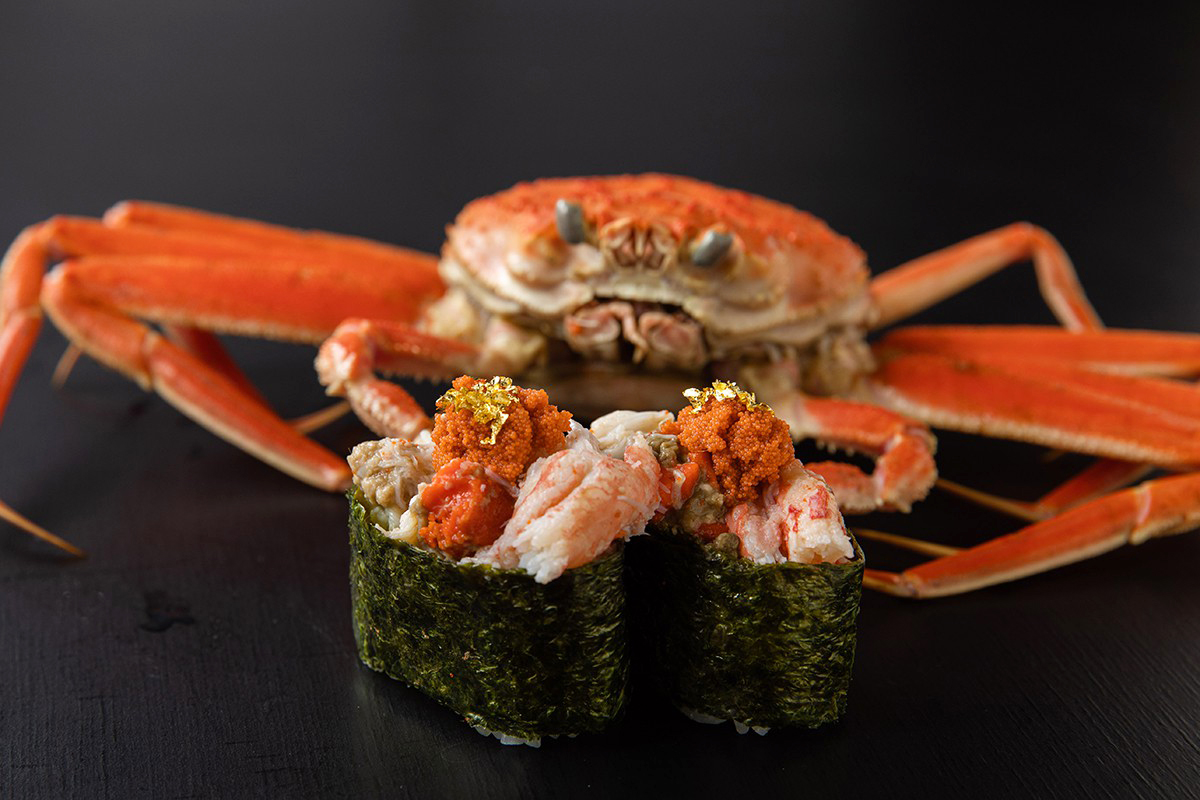
Have you heard of kaitenzushi? Even if you don’t recognize the word, you’ve probably seen videos of conveyor belt sushi restaurants in Japan. (‘Kaiten’ means to revolve)
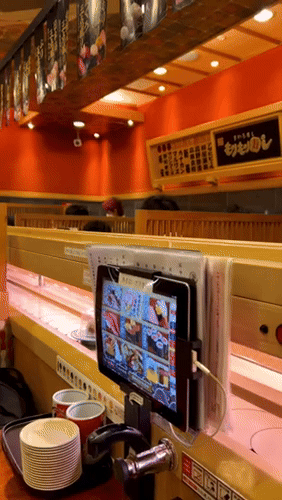
Kanazawa Maimon Sushi serves some of the highest quality sushi in Kanazawa for a reasonable price, which will make you feel like you’re eating sushi from a five-star restaurant rather than a casual sushi place. You can choose the sushi that is revolving around the restaurant, or use the tablet to order specific sushi dishes. Whatever you order will come zooming in on a ‘shinkansen’ tray right to your table.
With several restaurants throughout the city, you’ll definitely want to stop by at least one when in Kanazawa. If you want to go to one with a bit of atmosphere, we recommend going to Kanazawa Maimon Sushi Honten, as it’s located within Omicho Market. The restaurant menu is full of specialties, with fresh seafood purchased directly from the fishing port. Limited-edition sushi, such as Kanazawa’s kanou crab, has a rich flavor, offering a taste of the city’s winter season.
You’ll also find a variety of different items on the menu in addition to sushi. Nodoguro fish, known as the “king of white fish” in the Hokuriku region – it is great as sushi or grilled. Another popular item is the chawanmushi with kaga-fu. Chawanmushi is a is a warm, steamed egg custard with chewy wheat gluten.
Travel Tip: We recommend getting there early as there is usually a line. You can reserve your place in line by reserving a table number & walk around Omicho Market while you wait your turn. Just note that if your reservation number is called out and you’re not there, you will be skipped over.
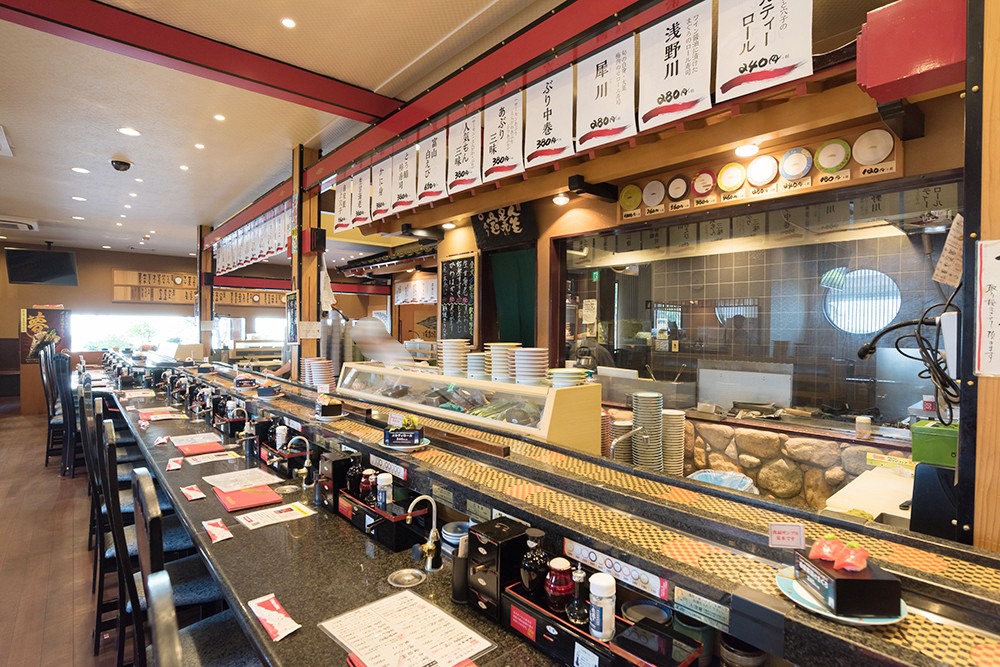
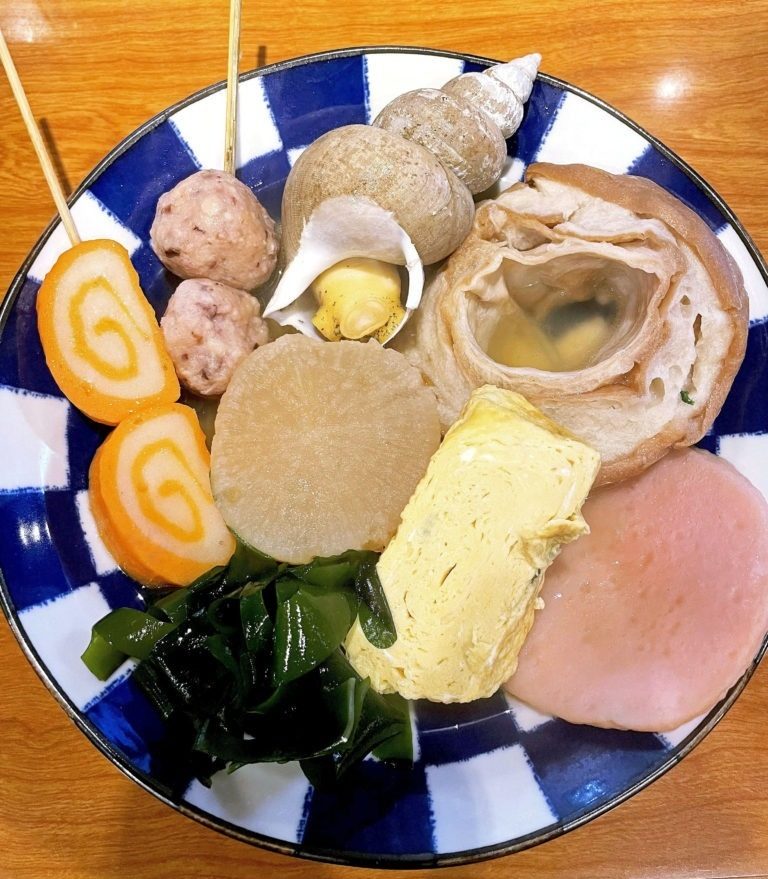
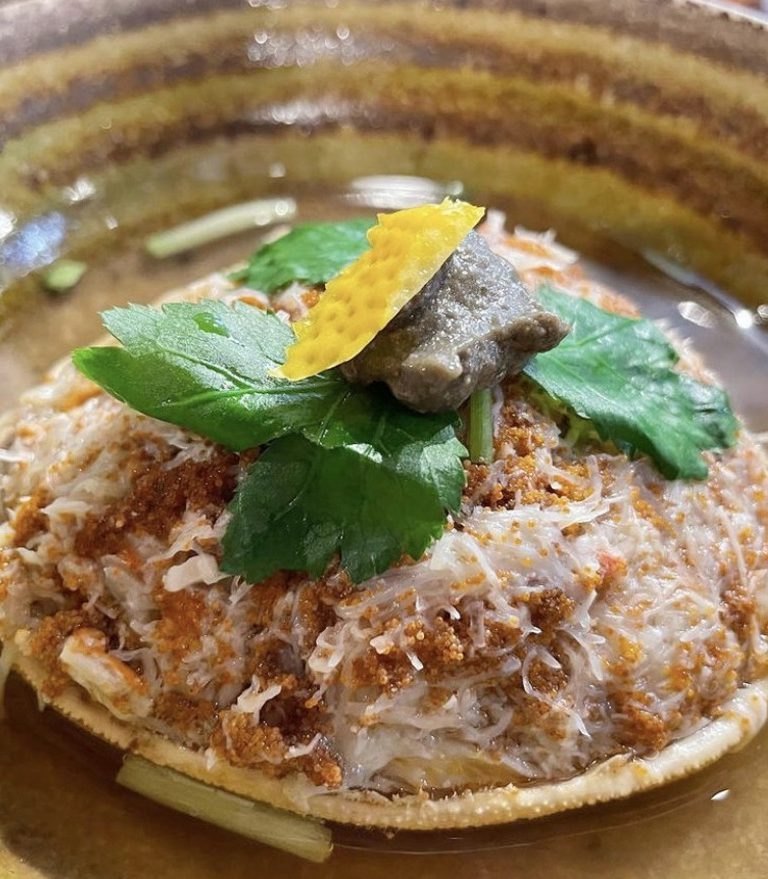
Founded in 1962, this retro, Showa-era style restaurant provides a classic Japanese dining experience. Its featured dish is Kanazawa Oden, a famous Kanazawa specialty. Kanazawa Oden starts with a big bowl of steaming broth and includes tasty ingredients like Gensuke daikon (giant Japanese radish), baigai shellfish, and kuruma fu (chewy wheat gluten).
In addition to Kanazawa Oden, this restaurant offers a variety of fresh sashimi and obanzai dishes (small Japanese side dishes) that change daily. And of course, there’s the must-try winter dish, kanimen, which is crab shell stuffed with snow crab meat, crab miso and roe!
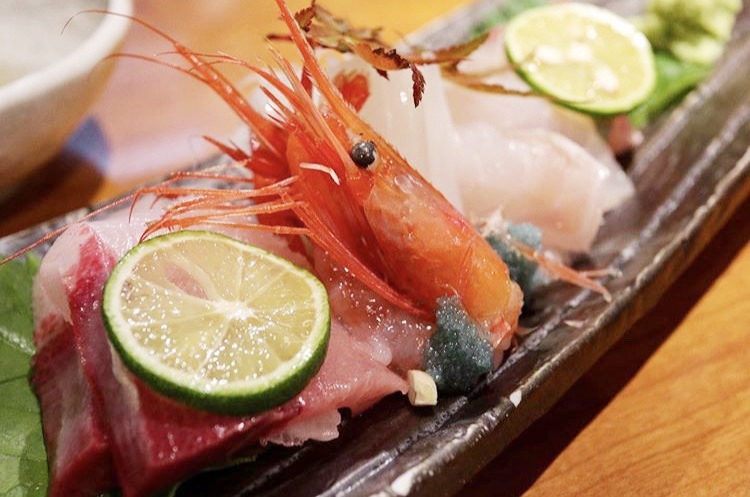
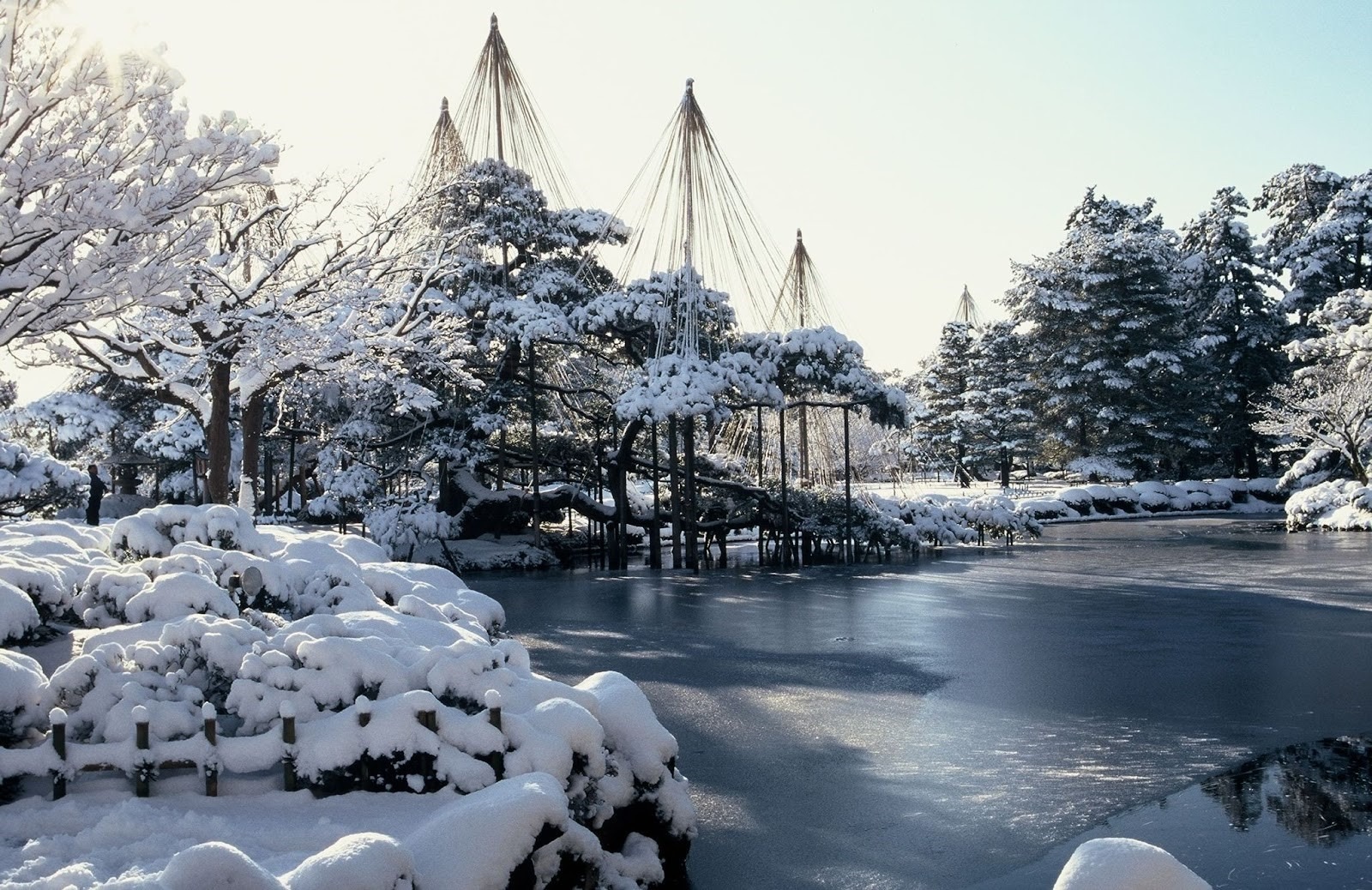
Kenrokuen (兼六園), located across the street from Kanazawa Castle, is a large garden known as one of Japan’s 3 Great Gardens.
This park is famous for yukitsuri, which are ropes that support the trees from the weight of heavy snowfall. These are incredible marvels to see. Five hundred gardeners work from November to December securing ropes to towering poles and about 100 pine trees. The tallest tree, Karasaki Matsu, is 9 meters high and has a trunk over 2 meters around. It requires over 800 ropes to hold up all of its branches!
The entrance fee for Kenrokuen Garden is usually about 320 yen for an adult & 100 yen for a child. However, the public can access Kenrokuen Garden for free during the year-end and New Year holidays.
If you’re not visiting Kenrokuen Garden during the winter, they do have other days throughout the year when they offer free admission. Take a look at their official website for the most up-to-date information.
Travel Tip: In Japan, many businesses—including parks and restaurants—may be closed through New Years and even some days afterwards. If your travel plans are strict, be sure to check the planned holidays of the places you’ll visit!
Although located in the center of the city, the Nagamachi Samurai District has a quiet and elegant streetscape. This area has a well-preserved history, as it was once home to many middle to high-ranking samurais, and now showcases many unique features from the Edo period (1603-1867).
As such, the houses were built and preserved using mostly traditional techniques and materials, such as earthen walls. During the winter, straw is hung on these earthen walls to prevent snow from penetrating and freezing—a unique custom to Kanazawa that’s known as komokake.
In addition to the area’s stunning historical architecture, local cafes, mom and pop restaurants, and local sento baths are located nearby. We highly recommend grabbing some treats! Kinkato serves homemade Japanese-style sweets like the Cream Anmitsu with thickly sliced fruit and sweet red beans around a dollop of ice cream, with a molasses-like syrup called kuromitsu you can pour over it.
Chaka Kobo Taro is a confectionery shop where you can treat yourself to traditional Japanese sweets in new designs and a cup of matcha green tea. (This is a good place to pick up a box of specialty souvenirs!)
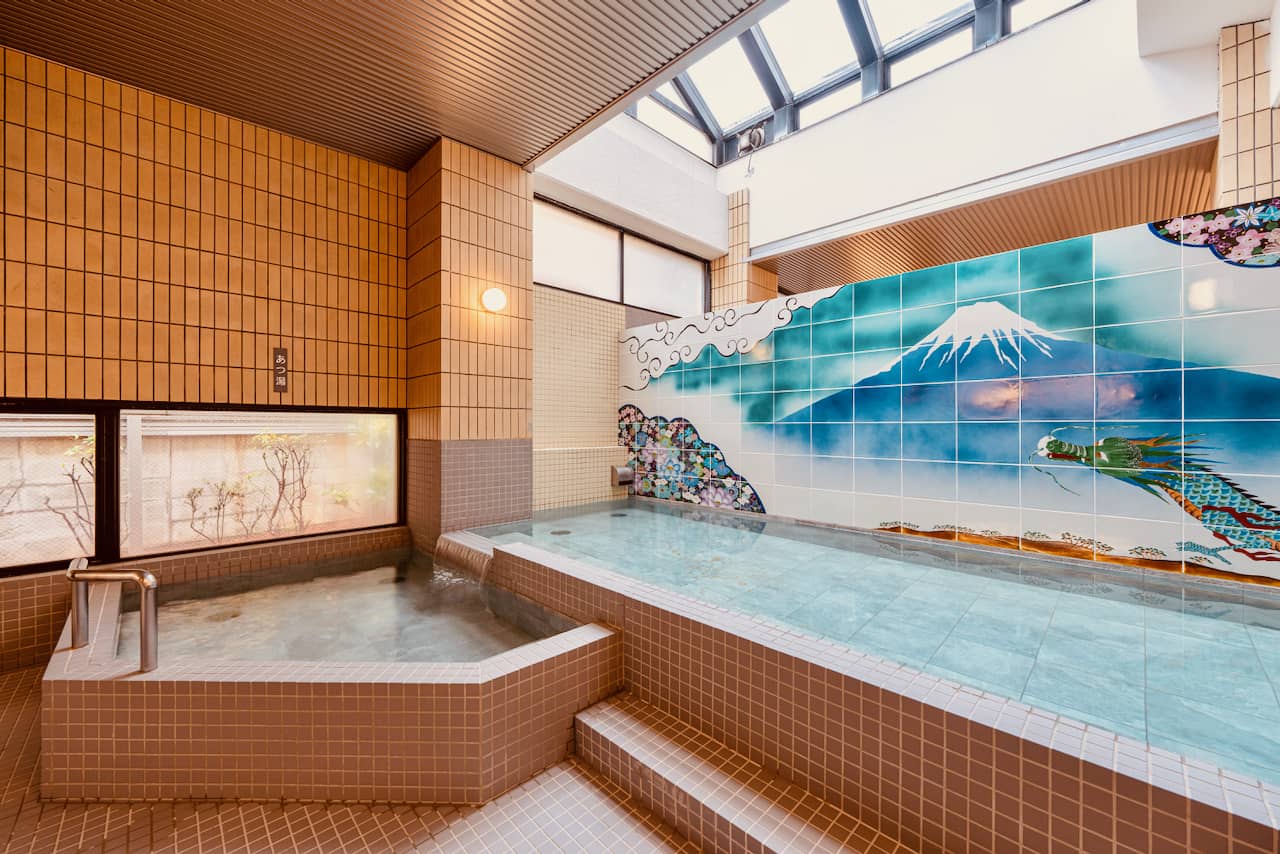
Located just along the Nagamachi Samurai District, this bathhouse is a long-standing part of Japanese culture. After being closed for several years, MATSUNOYU Sento recently reopened with renovated facilities including hot and cold baths as well as saunas. The entry fee is cheap, just 490 yen (less than $5 USD), and rental towels are offered for 100 yen.
MATSUNOYU Sento‘s baths are called sento because the water is heated tap water. When a bathhouse uses water from a natural hot spring, it’s called onsen. The experience of sento is also about accessibility and community, a place where everyone can enjoy a hot bath even in the middle of winter.
Travel Tip: Although attitudes are changing, there are still many places in Japan that consider tattoos taboo. Some bathhouses won’t allow visitors with tattoos and may refuse service if you have any. Always check ahead of time about tattoo rules!
As of writing, MATSUNOYU Sent’s Instagram account states that tattoos are “OK”! Take a dip to warm up your body during your visit to Kanazawa city.
Every season in Japan truly brings a different experience. Winter is no exception! From fresh seafood to stunning scenery to a relaxing, hot bath at the end of a delightfully chilly day, there’s no better way to refresh yourself for the new year than a trip to Kanazawa, Japan in winter!
Columnize item sample content
Make your trip a truly local experience, and go where the locals go. If you're wondering where the locals go to eat when hanging out with family, celebrating with friends, stopping by for an after work drink... look no further.
Machiya Locals Website
